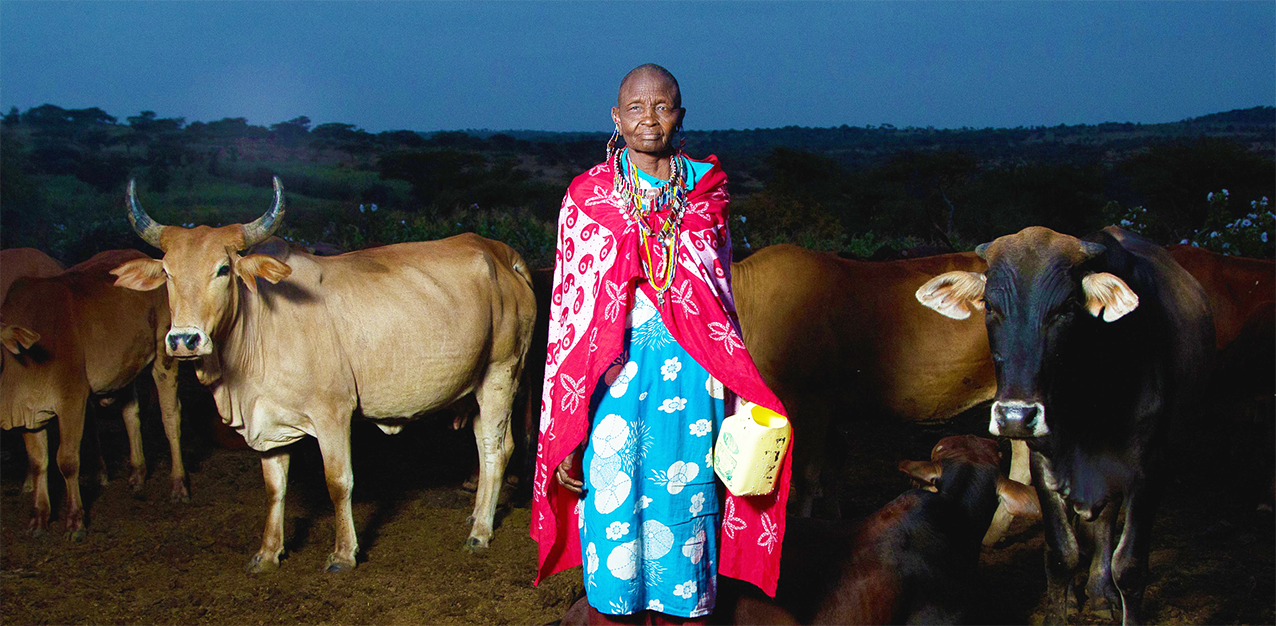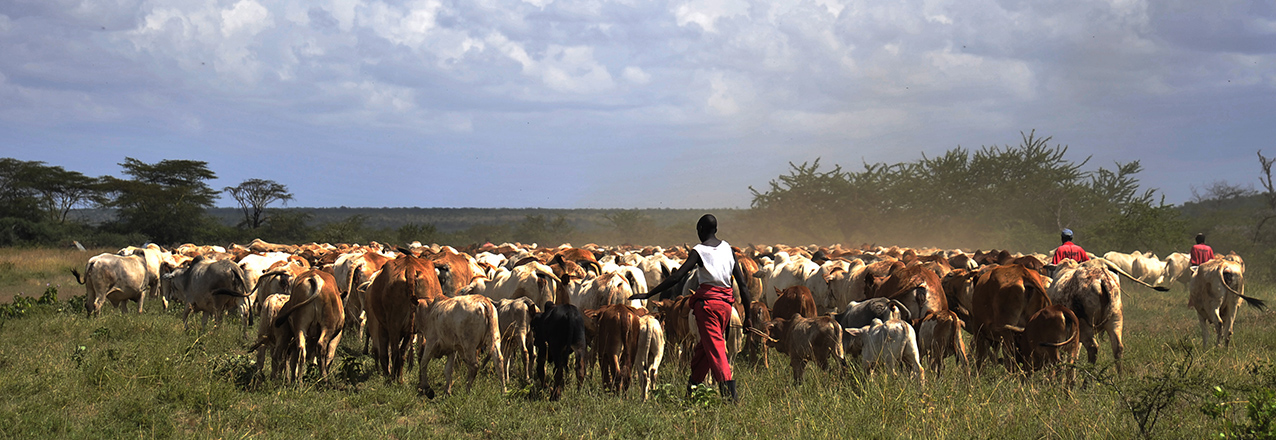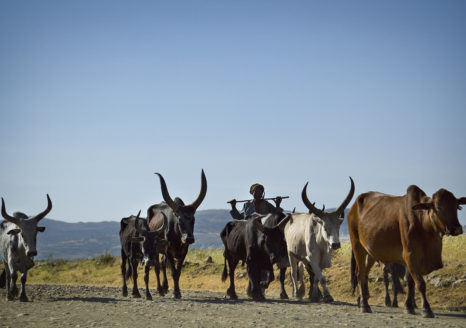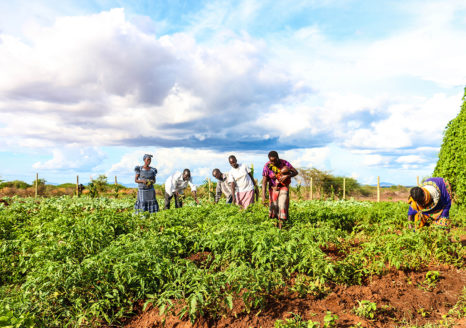How mobile technology is protecting land and connecting communities
Originally appeared on Exposure.
MANY PASTORALISTS IN EAST AFRICA HAVE FOLLOWED NOMADIC TRADITIONS FOR CENTURIES
As the seasons change, pastoralists migrate across the semi-arid regions of Africa with their cattle, goats, camels and sheep. Some pastoralists also manage crops in addition to livestock.
With a wealth of knowledge about the local ecosystem and practices that preserve natural resources, pastoral communities are important stewards of the land.
40 percent of Africa’s land is pastoral.
But, like their land, the livelihood of pastoralists in East Africa is under pressure.
As national boundaries shift and nature reserves and agriculture use expands, there is less land for the pastoralists.

CLIMATE CHANGE IS A THREAT TO PASTORAL COMMUNITIES
Shifting weather patterns and drought—combined with restrictions on access to land and water make life difficult for pastoralists. Additionally, as demand for natural resources grows, land is degraded, jeopardizing the health of livestock.
Without documentation of their land rights, pastoralists are also at risk of being displaced from the lands they depend on for survival.
For these remote communities to adapt and be resilient, they need access to information that will help them sustainably manage their land and better respond to climate change.
Read the full photo essay on Exposure.




